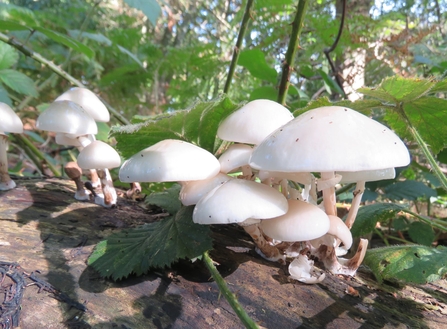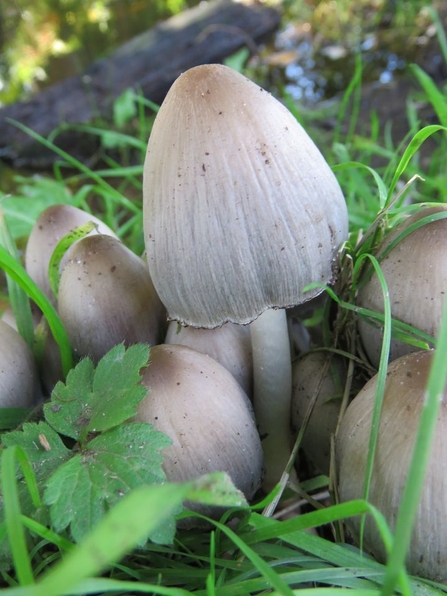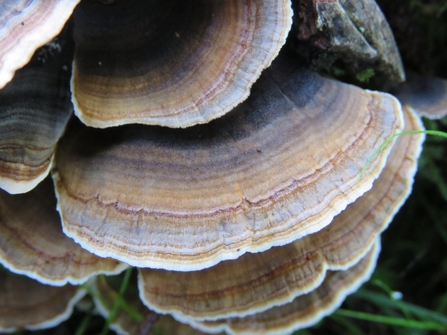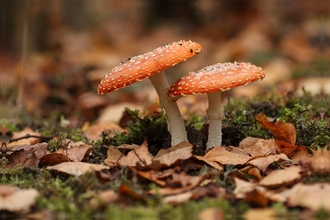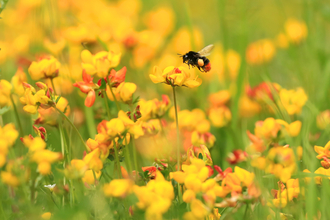Rich autumn colour holds strong on the Heathland as winter draws nearer, perfect for a stroll in the midday sun or a bracing walk wrapped up against the elements.
In October, yellow tormentil and cross-leaved heath were still flowering and the gorse had embarked on its new flowering season. In Autumn, one instinctively looks for mushrooms and toadstools, Hothfield Heathlands hosts a wide range of some of the 10,000 or more British species of fungi right through the year. A flush of substantial fungi appeared in late July responding to the rain after the early summer drought, flourishing on through August. On a balmy 15 October with temperatures nudging 20C, a stroll through varied habitats in a small portion of the reserve revealed twenty-six different species in just two hours. These included tiny black and white fingers on a fallen log, fresh and fossilised bracket fungi on live trunks, stumps and fallen branches, various dainty parasols emerging from cow pats and horse dung, through heather or just in the grass, dots of orange slime on decaying birch boles, rows of tiny dots of something else running along bark fissures of a struggling willow, various bun types in the grass and leaf litter, and puffballs nestled in open grass. Some were in perfect condition, others already collapsing or liquefying, their role as fruiting bodies accomplished. One magnificent bracket had incorporated a bramble stem firmly in its flesh.

